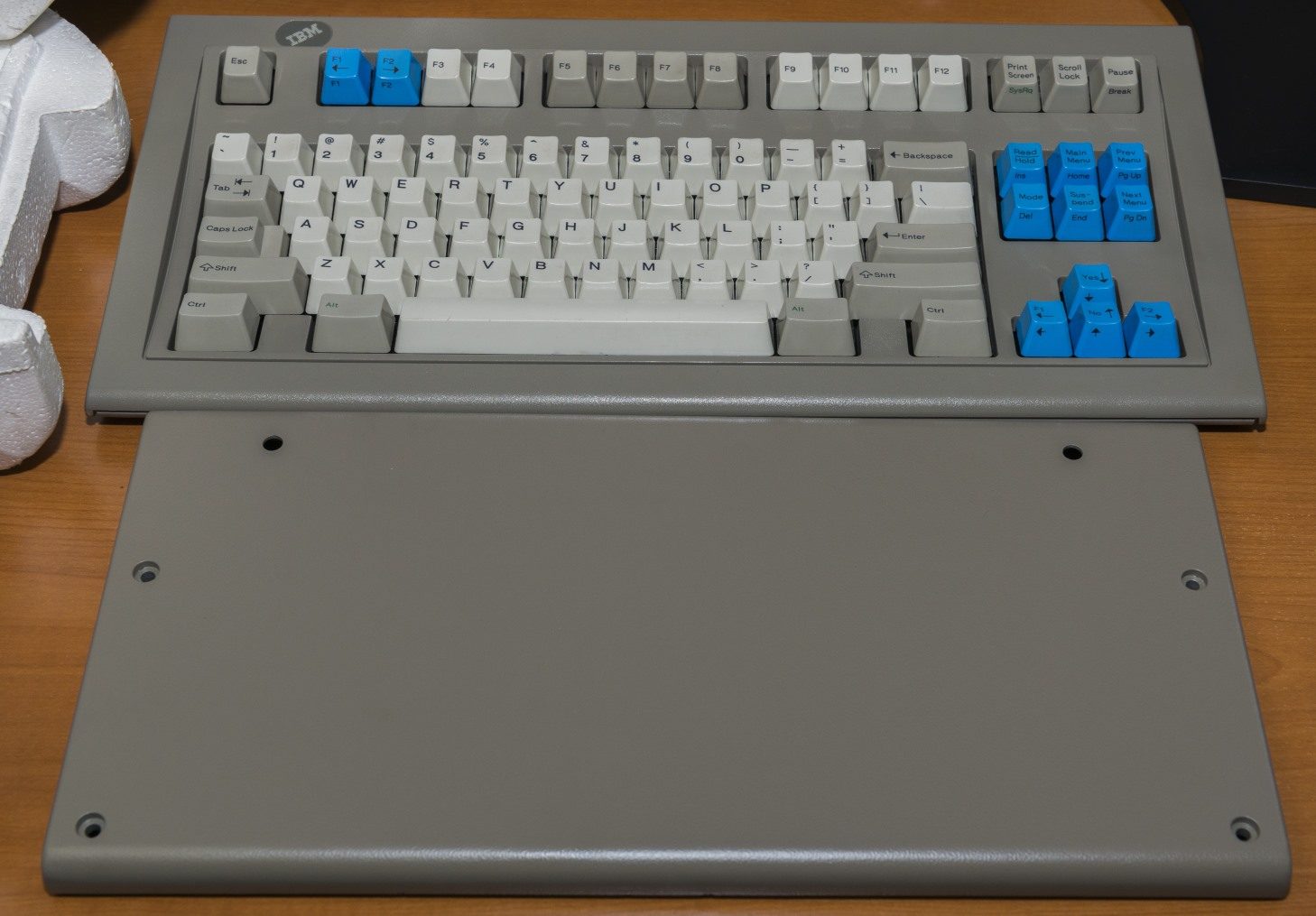I hope this post will catch everyone up for those who have not been following the threads and blog posts as closely, and also if you are interested in how things are made.
As an update we passed $200,000 in orders a month or so back (actually over $210,000 now!) and have about 455 keyboards ordered so far. As many of you know the project has faced some challenges but these production delays are being wrapped up this month. Tens of thousands of parts are completed and sitting at the factory in storage, waiting for the other parts to finish production and then assembly can start: these parts include all the die cast zinc cases made from brand new molds-cases we successfully powdercoated to match the original Model F keyboard style and color. Also the barrels, flippers, capacitive PCBs, compact xwhatsit controllers, case molds, and ribbon cables. We are still waiting on the key molds, keys, inner assembly plates, ultra compact cases, and the final “easier” parts (boxes, inner foam, outside foam packaging).
The turnaround time for the factory is longer than expected for correcting issues before the run starts but it is understandable given my quality standards and the unique aspects of bringing back 1980s production parts. They have been very patient working with me for going on 3 years now.
The factory timeframe I believe was based on expectations of standard parts requests and finishes – they didn’t know how challenging this project would be for the nonstandard requests, nor did I.
The factory is actually building or adjusting their tooling for the special characteristics of this project. For example they are building a machine that curves the PCB to match that of the originals as there was no equipment that could delicately deal with PCB curving without damaging the copper traces. There is also tooling that precisely makes the inner assembly parts to the IBM Model F curve.
The parts requiring the most amount of work, the die cast original style cases, took 3 months for die casting, final machining, and powdercoating. Before then was maybe 3-4 months for making the molds and adjusting the powdercoating and texture.
The die cast case powdercoating process took months because the factory had to experiment with different paints and textures to match the original bumpy Model F 4704 texture – using standard powdercoating for the prototypes did not take long. The kind of texture and paint color did not exist (no Pantone color!) so everything had to be custom mixed until the colors were a perfect match to the 4704 case sample from 1988 that I provided. Then the powdercoating for some of the paint they tried did not stick well to the zinc so they had to switch to another type of paint. They ended up having to mix the custom made texture into the custom color powdercoat paint to get everything perfect.
The flippers and barrels were made from different proprietary materials (options had to be researched by the engineers) that were close approximations of the original plastic formulations that were never precisely disclosed back in the day (they work and the flippers perfectly convey the capacitive signal).
Here I recap examples of first try prototype adjustments needed – the passed parts are listed in the OP “finished production” section:
– Original cases – powdercoating color and texture needed a few tries to get right and accurately match the originals (which they do now). Their earlier samples were very well made (and without much delay) to high modern standards but did not match the texture and color of the originals.
– Barrels – some measurement errors on my part of fractions of 1 mm caused the barrels not to interface with the keys like the originals; had to have them adjust the molds
– Keys – one critical dimension of the keys was not to my spec, probably 0.5mm off spec which made the keys not buckle consistently.
– Springs – they tried a number of materials; also the spring measurements were not accurate enough, under 1 mm difference but it is noticeable and could prevent a key from buckling
– Inner assembly plates – they were not to spec, maybe under 1 mm too large (the width of space between the top and bottom inner assembly plates. The first ones had holes that were too small to fit the barrels and some of the powdercoating was flaking.
In all cases I have held the factory to my standards and have rejected substandard parts.
Once they determine exactly what is needed, production is approved to start and there should not be much of a delay due to rejection of parts.
The f62 original should be about 7.5lbs and the f77 original should be 8.3 or so pounds, (my original f77 is “only” 7.2 pounds!), 3.4lbs for the compact f62 and maybe around 4lbs for the compact f77.
